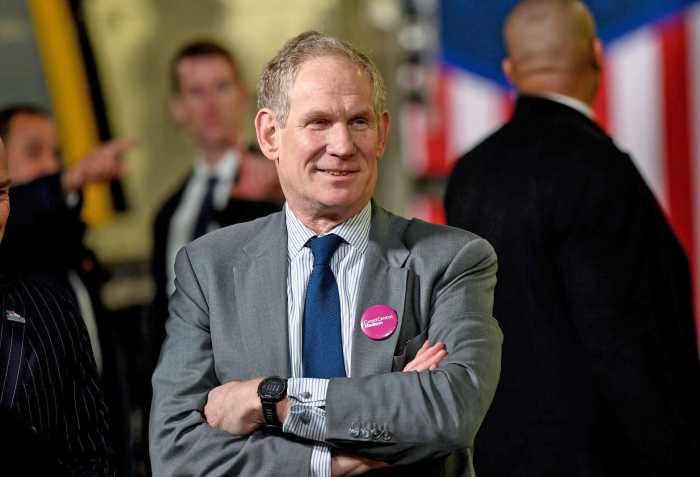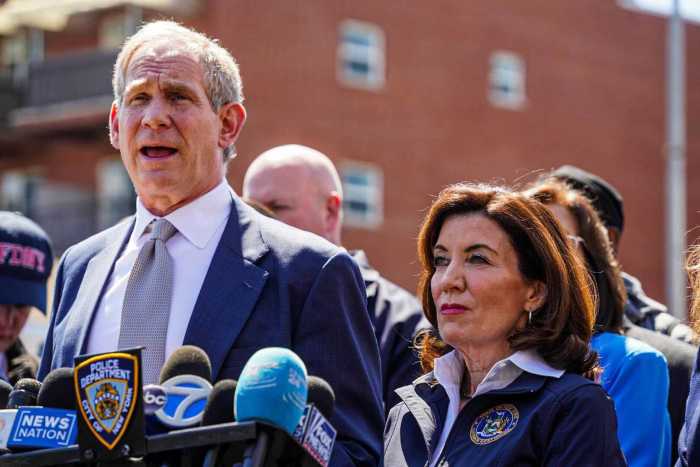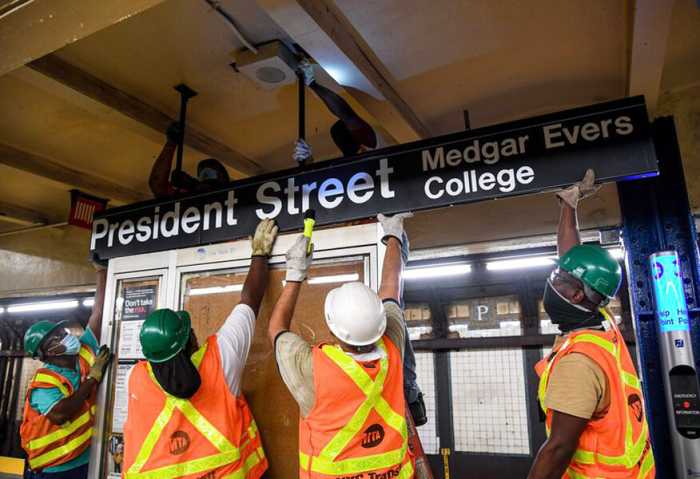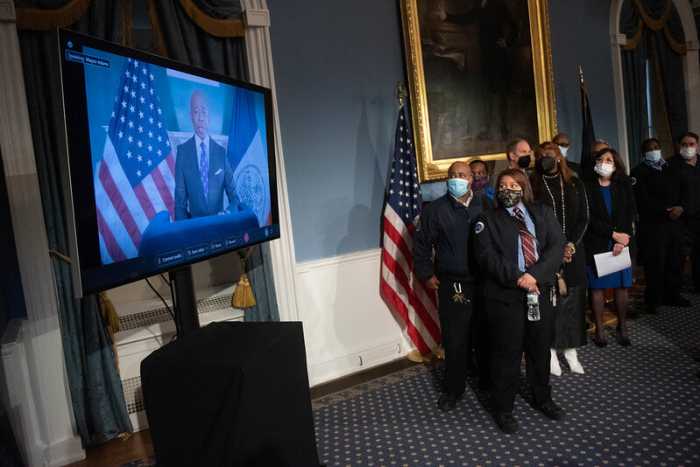On July 27, in a webinar hosted by the New York Transit Museum (NYTM), members Charley Cohen and Mira Philipson of the Metropolitan Transportation Authority (MTA) Accessibility team, discussed the history and future of accessibility for all, not just the disabled.
Philipson is the senior innovation strategist on the team. She shared key aspects of the “Accessibility for All” concept for the agency, placing emphasis on the fact that, “Everyone deserves equal access to the same places, experiences, information, and content.”
She added that for the agency, compliance with the Americans with Disabilities Act of 1990 (ADA) is the minimum standard for what they work towards, beyond the requirements of the law itself.
Philipson then shared numbers regarding accessibility within each division. According to the agency, for the New York City Transit (NYCT) Subway and the Staten Island Railroad, 141 of 493 stations are accessible as of July 15. View the full list here.
For MTA Buses, the full fleet of approximately 5,900 local, express and Select Bus Service (SBS) buses are accessible via ramp or lift. For the Long Island Rail Road (LIRR), 111 of 124 stations are currently accessible, while for Metro-North Railroad (MNR) 84 of 124 stations are currently accessible.
Accessibility for buses, according to Philipson, began in Sept. 1975, when half-fare was implemented for the disabled in NYC. Six years later, the first buses with platform wheelchair lifts were in service. By 1997, the wheelchair platforms and new priority seating were at the front of the buses.
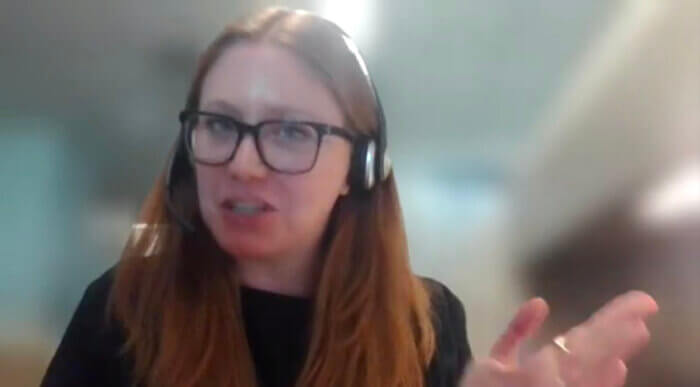
Cohen, who was born blind in his left eye, first discussed current accessibility features for buses. Some of these include wider doors and ramps, high color contrast, braille bus number placards, priority seating identification labels, as well as priority seating for wheelchair users.
For subways, Philipson stated, accessibility started in Sept. 1984, when disability advocates, along with the NYC, NYS, and federal governments, came to an agreement to make 54 stations accessible by 2010, four of which were completed in 1988.
By 1991, 20 stations had ramps or elevators, with a new plan by the MTA Board in place three years later, to have 100 key stations be completely accessible by 2020. In 2000, the Federal Transit Administration had approved 95 of these, with the last five being approved later on.
Cohen continued, discussing current features for subway stations. Some of these include improved station access, such as the street-to-platform ramp at the Avenue H (on the Q train line) station in Brooklyn, and the larger elevator at 34th St/Penn Station (on the 1/2/3 train lines and the LIRR).
Features for subway cars include wheelchair-priority seating and intercoms, as well as audio and visual signs.
There are also technology features and applications in place currently to help accessibility grow within the agency. These include OMNY (the contactless fare paying system) and the MTA app.
You can find information on OMNY here.
Another feature is the option to chat with frontline personnel from the NYCT Digital Communications Unit (DCU) and get real-time service alerts, via the MTA’s WhatsApp profile.
To stay updated on the work of the NYTM, interested persons can sign up for their newsletter here. Those who have any questions can contact the NYTM here.



